
Join us on a flavorful journey through the world of Muscat — a grape loved for its sweet aromas and timeless charm. In this guide, we uncover the muscat grape benefits, its rich history and lasting influence on global winemaking, then dive into the climates and soils that shape its distinctive character. You’ll learn how sustainable practices are helping preserve both the land and the grape’s quality. Finally, we explore the many faces of Muscat wines — from lively sparklers to luscious dessert styles — highlighting their flavour profiles, craftsmanship, and perfect pairings.
Muscat, celebrated for its aromatic and flavorful profile, is a diverse and ancient grape variety deeply rooted in the history of viticulture. Recognized for its adaptability to various terroirs, Muscat predominantly flourishes in warm, Mediterranean-like climates. Muscat favours well-drained soils and ample sunlight, which is key to developing their signature aromatic compounds. These grapes are versatile in winemaking, giving rise to a wide array of Muscat wines, including dry whites, sweet wines, sparkling wines, and even fortified wines. The Muscat grape embodies a spectrum of aromas and flavours.
Muscat grapes are celebrated not just for their irresistible sweetness and floral aroma, but also for their remarkable health perks. Let’s delve into the benefits of some of the members of the Muscat family:
These fascinating aspects of Muscat grapes not only highlight their historical and cultural significance but also underscore their unique position in the world of wines, offering an aromatic and flavorful journey to those who savour them.
The history of the Muscat grape, one of the oldest known grape varieties, is a tapestry woven through millennia. It is believed that the story of the Muscat grapes date ancestors begins as early as 3000-1000 BCE, during the times of ancient Egyptians and Persians. Though the exact origin of these early wine grapes remains a topic of debate among scholars, it's suggested that the grape could have roots in regions ranging from the Arabian country of Oman to the Greek city of Moschato.
Fast forward to classical antiquity (circa 800 BCE to 600 CE), the Greeks and Romans are believed to have played a pivotal role in propagating the Muscat varieties. While wine production was already established in ancient Egypt and Persia, classical writers like Columella and Pliny the Elder described grape varieties that resembled Muscats in their sweetness and attractiveness to bees, yet there's no conclusive evidence linking these early grapes to the Muscat family.
The first recorded mention of Muscat in a document comes from the 13th century. Bartholomeus Anglicus, an English Franciscan scholar, wrote about wine made from Muscat grapes in his work "De proprietatibus rerum," dated between 1230 and 1240. This early reference, made while Anglicus was in modern-day Germany, underscores the grape's historical prominence in European winemaking.
Diving into the grape's genetic journey, DNA analysis in the early 21st century unravelled some of its mysteries. It revealed that Muscat of Alexandria, one of the most notable Muscat varieties, is a natural crossing of Muscat Blanc à Petits Grains, a grape varietal of Greek origin also known as White Muscat Strain, and Axina de Tres Bias, a black-skinned table grape from the Greek islands. This finding illuminates the interconnectedness and diversity within the Muscat family.
The Muscat family, encompassing over 200 grape varieties, is a testament to the grape's adaptability and evolution over the centuries. Among these, Muscat Blanc à Petits Grains and Muscat of Alexandria stand out for their significant contributions to the creation of new grape varieties through cross-breeding. Muscat's distinctive floral and "grapey" aroma, a result of its high concentration of monoterpenes, has become a defining characteristic of wines like Moscato d'Asti, which emphasize the varietal aromas over winemaking-induced flavours.
From its ancient origins to its presence in modern vineyards across the globe, Muscat's journey through history reflects its enduring appeal and versatility. Whether in sweet dessert wines or light, aromatic offerings, the Muscat grape continues to be a beloved variety, cherished for its unique flavour profile and rich heritage
Cultivating Muscat to its full potential requires a keen understanding and management of specific viticultural conditions. These conditions are a blend of soil characteristics, temperature range, rainfall, Growing Degree Days (GDD), and altitude, each playing a pivotal role in the grape's development.

This range is vital for the development of the grapes' unique flavours and aromas, with the variation between day and night temperatures being particularly crucial.
Altitude influences Muscat significantly, affecting both temperature and sunlight exposure. Higher altitudes can result in lower temperatures, impacting the vine's maturation process. Moreover, exposure to sunlight, including ultraviolet light at higher altitudes, can influence the development of flavours and aromas in the grapes.
In essence, the successful cultivation of Muscat hinges on a harmonious balance of these environmental factors. Each plays a unique role in not just the growth of the vine but also in defining the quality and characteristics of the grapes produced. Managing these conditions effectively is key to achieving high-quality grape production.
The Muscat wine grape, with its sweet and aromatic profile, is cultivated across a tapestry of regions worldwide, each with its unique terroir influencing the grape's characteristics. These regions, with their distinctive environmental and cultivation conditions, contribute to the diverse array of Muscat wines. Here are some of the primary regions where Muscat flourishes:

In each of these regions, the combination of climate, soil, and traditional viticultural practices shapes the unique expressions of Muscat. From the aromatic and floral notes in cooler climates to the rich, sweet, and intense flavours in warmer regions, the influence of terroir is evident in the diverse range of Muscat wines produced globally.
The viticulture industry is progressively embracing sustainable practices. This shift is driven by the need to adapt to climate variability and ensure vineyards' long-term viability. Innovative techniques are being applied to enhance grape quality, optimize resource use, and reduce the environmental impact. Two notable practices in the field of Muscat cultivation exemplify this trend.
A significant advancement in sustainable Muscat cultivation is the application of specific inactivated yeast derivatives. This technique, particularly beneficial in the Mediterranean's hot and dry climates, has been tested on Muscat Hamburg cultivars with promising outcomes. Unlike traditional vineyard management techniques, this method does not alter yield or berry size but improves the grape's phenolic content and skin mass. This results in an enhancement of the phenolic maturity of the grapes, which is crucial for high-quality wine production. The application of these yeast derivatives stands out as a practical alternative to more labour-intensive practices, contributing to sustainable and efficient vineyard management.
Another key area of focus is the adaptation of Muscat grapevines to drought conditions, a growing concern due to climate change. Research involving 'Shine Muscat' grapevines has explored the use of 5-aminolevulinic acid (ALA) as a novel drought stress mitigation strategy. This approach involves examining the grapevine's physiological and biochemical responses under controlled environmental conditions. The study aims to understand how Muscat grapevines can be better equipped to withstand water scarcity, an increasingly common challenge in viticulture.
These sustainable practices highlight the viticulture sector's commitment to innovation and environmental stewardship. By adopting such methods, Muscat grape growers are not only enhancing the quality of their produce but also ensuring the resilience of their vineyards against climatic adversities. The continued exploration and implementation of sustainable techniques are essential for the future of grape growing, particularly in regions facing environmental challenges.
Muscat wines, celebrated for their aromatic and flavorful profiles, hold a significant place in the wine world. Originating from a variety of regions, each Muscat wine brings a unique taste and aroma that reflect its geographical and cultural heritage. Let's explore some of the most famous Muscat wine brands from around the globe, delving into their distinct aroma and flavour profiles and understanding their relevance in the wine community.
These renowned Muscat wines not only represent the diverse terroirs from which they originate but also embody the rich history and cultural significance of their regions. Their unique aroma and flavour profiles make them stand out in the global wine market, offering a delightful experience to wine connoisseurs and casual drinkers alike.
As we conclude our comprehensive guide to the Muscat grape, it becomes evident that Muscat is not merely a grape variety but a historical and cultural gem. Celebrated for centuries for its unique aroma and range of flavours, from sweet to dry to fortified wines, Muscat's journey from antiquity to contemporary acclaim is a testament to its timeless appeal and adaptability.
Our exploration revealed Muscat's distinct role in the wine world, underlined by its rich history and global influence. We gained insight into the crucial environmental conditions for its cultivation, emphasizing the pivotal role of terroir in defining its diverse flavour profiles and aromas.
Sustainability in Muscat cultivation emerged as a crucial aspect, reflecting a commitment to eco-friendly and ethical practices in winemaking. This aligns Muscat with the broader movement towards sustainable agriculture.
Our journey through the world of Muscat wines showcased the variety's incredible versatility and international allure, with a range of styles from dry to sweet, still to sparkling, appealing to various tastes.
In summary, the Muscat grape encapsulates the essence of the wine world's history, culture, and progressive trends. It stands as a symbol of adaptability, diversity, and enduring charm, solidifying its position as a cherished and esteemed variety in the global wine landscape. If you want to develop a succesfull wine brand arround Muscat wines, then these articles about wine branding and how to develop a brand that stands out of the crowd can help you to achieve your goals.
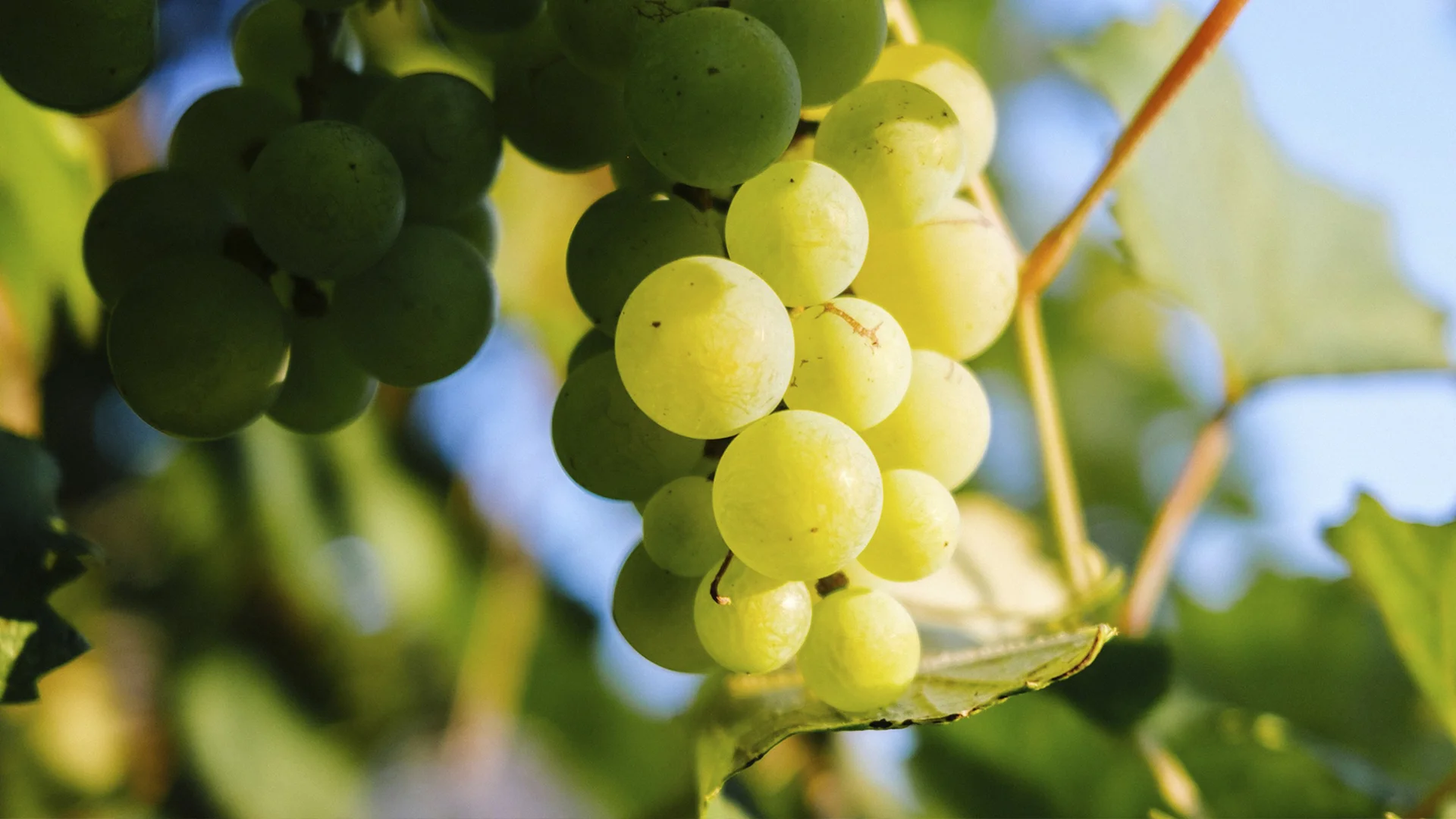
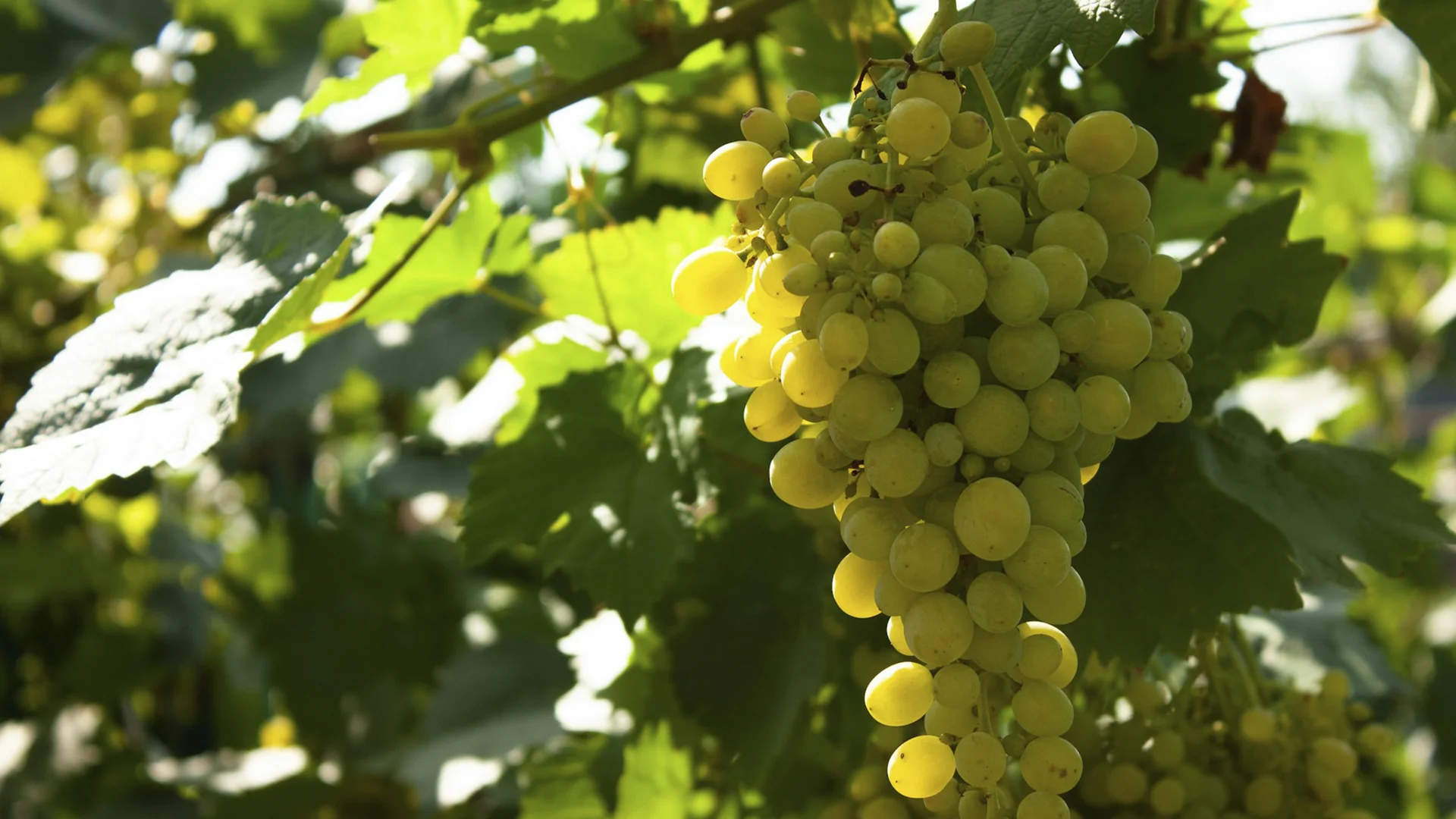
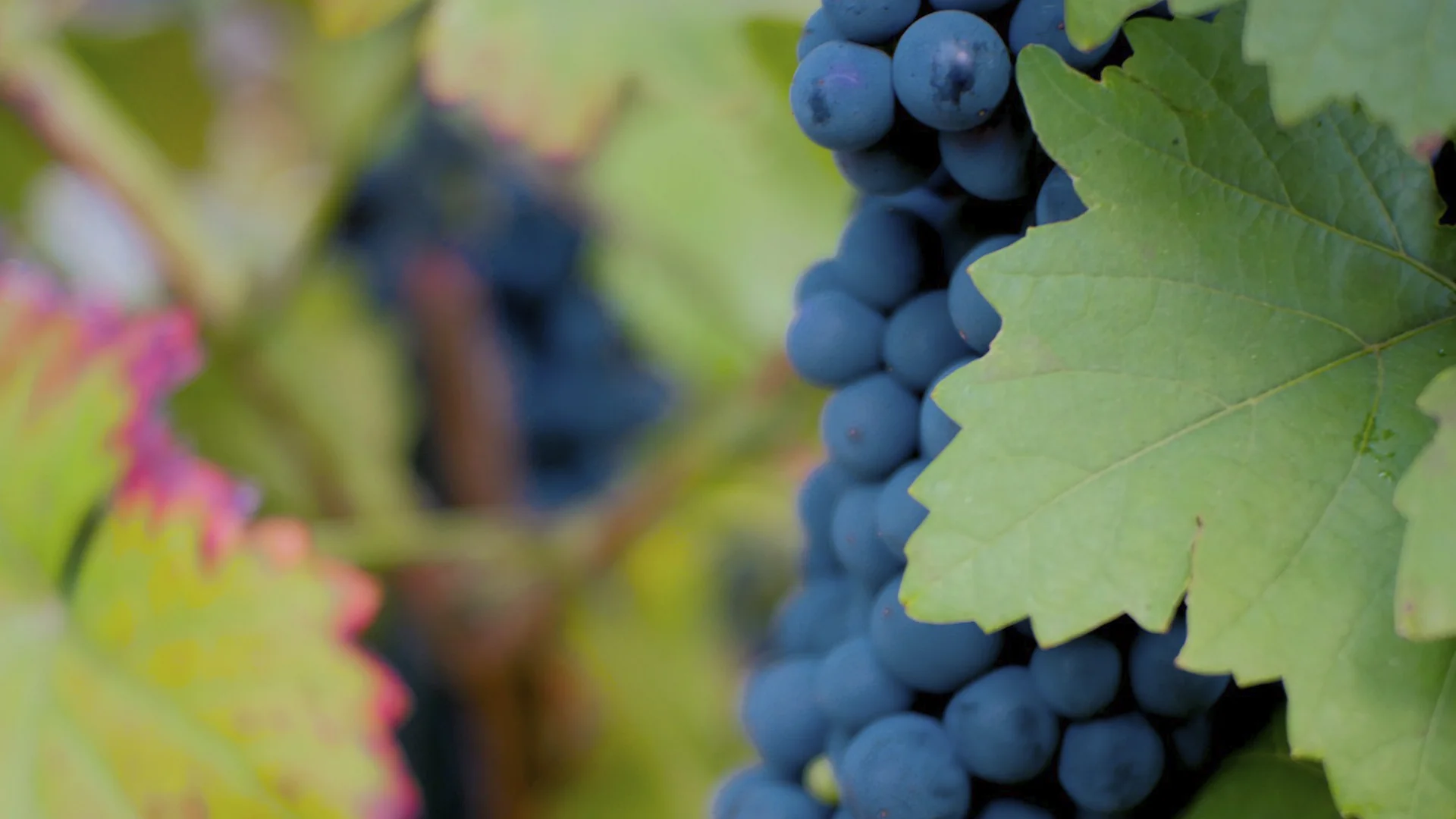
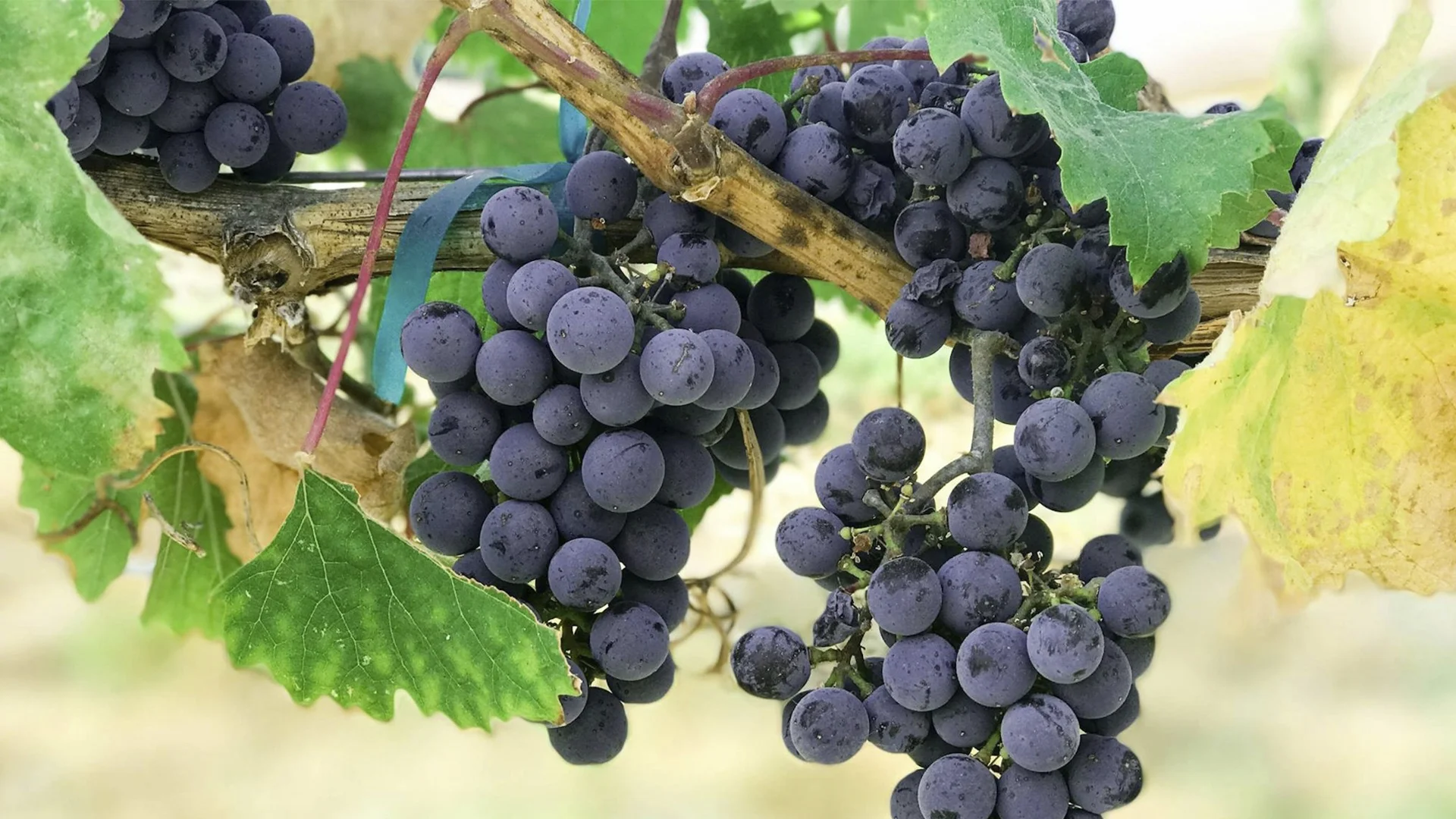
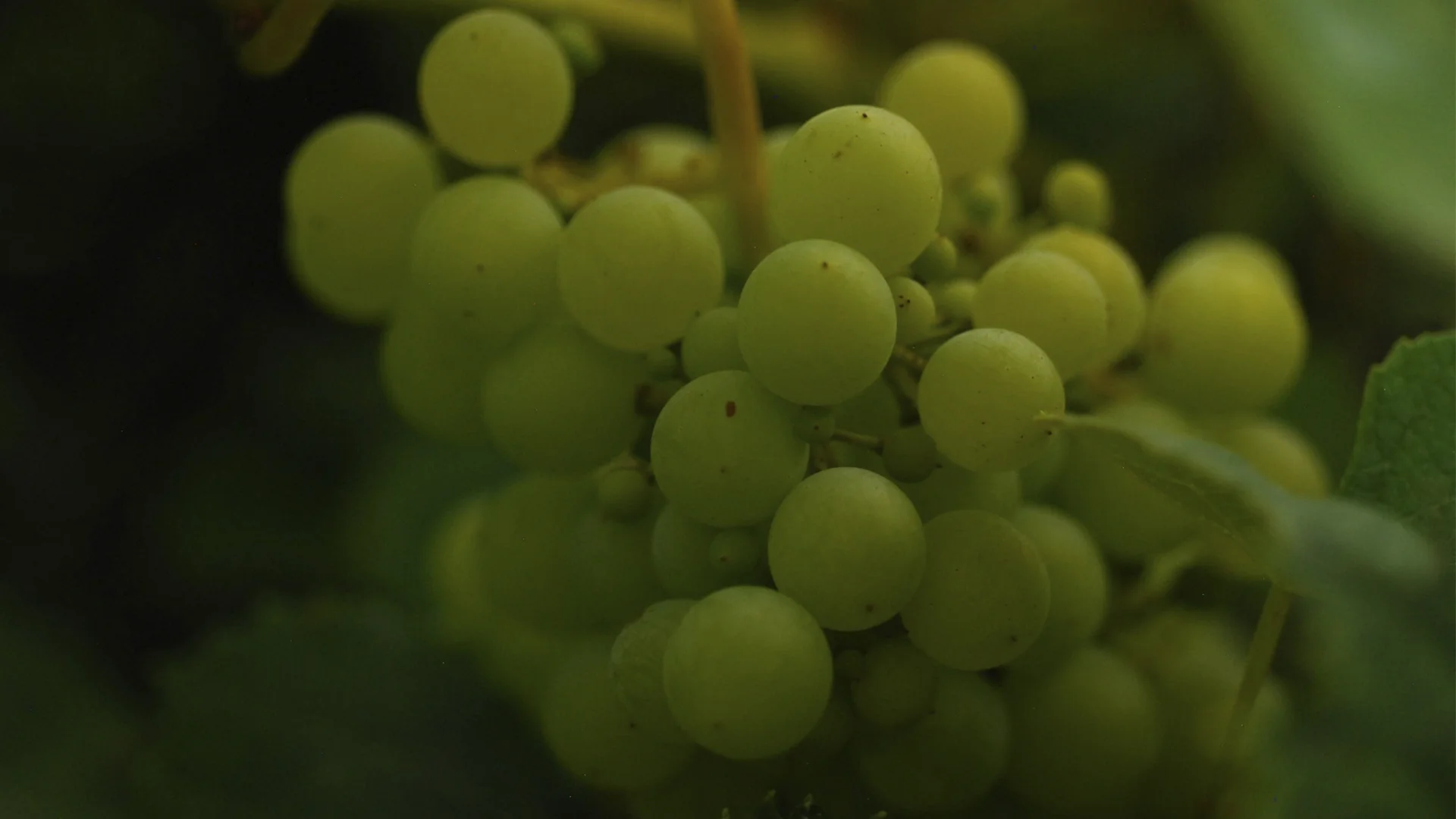
























































































.webp)

.webp)





Are you interested in
collaborating with us?